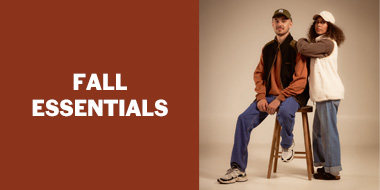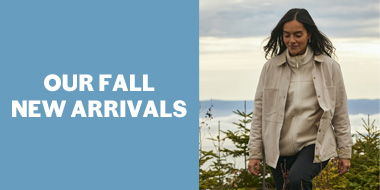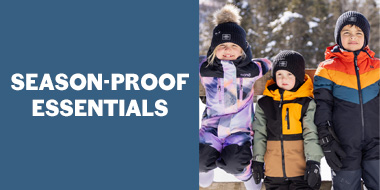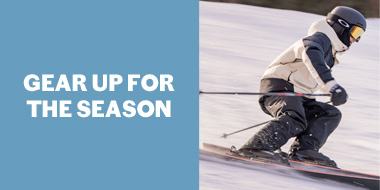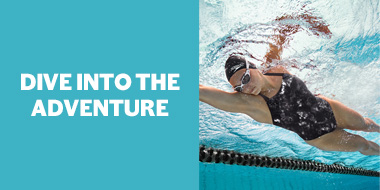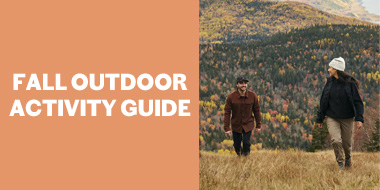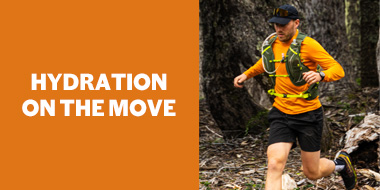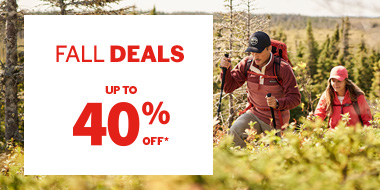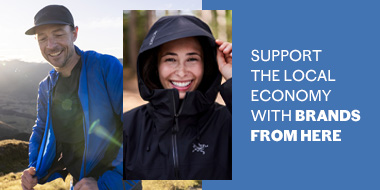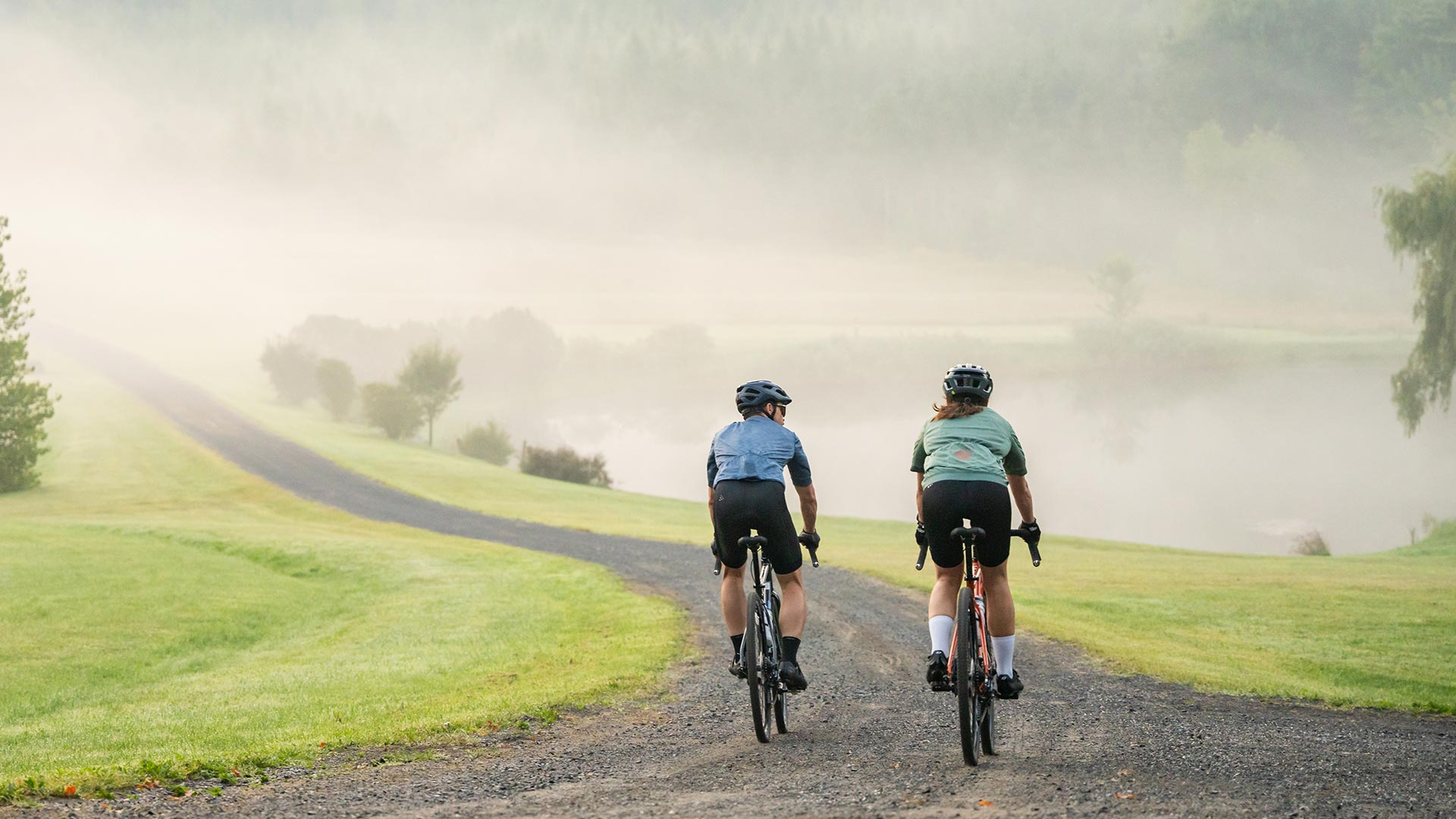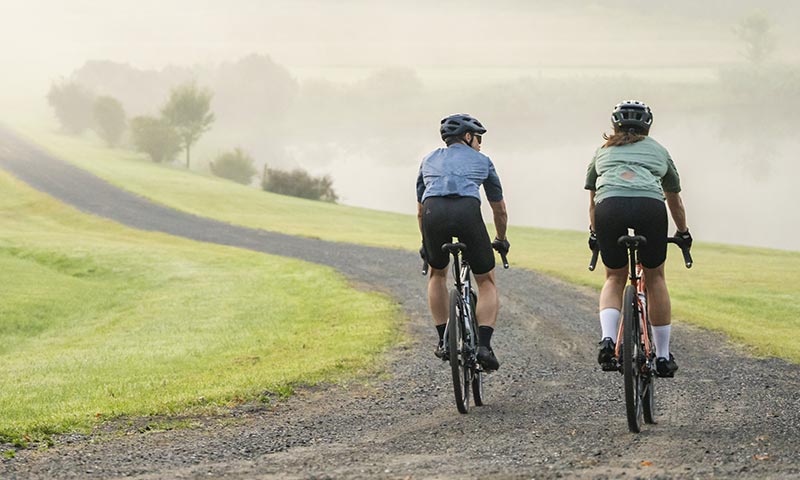With the mercury steadily rising, cyclists across the country are itching to jump onto their bikes. You’ve taken the time to look your bike over properly (or have it done by a professional), and you’re excited to hit the road. You know what precautions to take for fun and safe cycling, but do you know what you need for a ride that’s longer than just an hour or two?
We have some suggestions for accessories, nutrition and hydration to make your longer cycling trips a breeze. Read on for inspiration before you hit the road on your two wheels.
Assess the Length of Your Route
This might sound obvious, but when you set off in one direction, you also have to make your way back. Estimating the distance you’re covering incorrectly can create a few problems: a lack of motivation when the time comes to turn around and head back, clothing that’s inadequate for the weather and a lack of snacks, meaning a drop in energy. Improper planning may lead to an unpleasant journey home.
Take the time to plan ahead, and don’t set yourself too lofty a goal, especially at the start of the season. Start with a ride of about 10 km, and increase it progressively. Above all, your goal should be to have fun. It’s a good idea to research any stopping points along the way. Check for water fountains or rest areas. These will give you concrete place markers and places to recharge along the way.
Equipment: Comfort and Safety Above All
For bike rides of an hour or less, basic accessories should do the trick. Over longer distances, it can be a good idea to have a little more gear for added comfort and greater safety. On short rides, slight discomfort for a few minutes is tolerable, but it can become a painful hindrance over a longer period of time, making you lose your focus and opening you up to potential accidents.
- A helmet may not be mandatory by law, but it’s nonetheless a piece of essential protection whether you’re riding to the corner store or down a mountain. If you just don’t feel cut out for a traditional helmet, try one that’s designed to increase performance. Seasoned cyclists who ride for long distances usually opt for streamlined helmets that are lighter, better aerated, and wick away sweat.
- Clipless shoes are not restricted to professionals, and they help you pedal faster and longer without getting as tired. Ask a specialist for help in finding the ideal pair for your riding style.
- Cycling shorts make your seat more comfortable and take some of the pressure off your buttocks. Proper cycling shorts or chamois pads are ideal for reducing the chafing between your legs and the seat, which can cause some serious discomfort over the long term.
- Gloves help to absorb a lot of the shock to your wrists, making them a worthy investment. On top of making the ride more comfortable, they improve your posture and protect your hands and fingers in case of an accident.
- Sunscreen is often overlooked by cyclists. Put it on before leaving–and don’t forget the backs of your ears and calves–then bring it on the road with you.
Eating Well to Cycle Better
Cycling is a demanding physical activity, helping you to burn an average of 320 calories per hour. If you’re leaving for less than two hours, eating a light but complete meal and drinking an abundance of water a few hours beforehand should be enough. Don’t forget to bring a water bottle along for the ride.
A trick for helping both kids and adults to drink more water is to add a few drops of juice (apple, grape, orange or whatever strikes your fancy) to your water to give it a better taste–plus, it’ll count as added glucose, which is ideal for exercising.
If you’re planning on riding for more than two hours, bring some snacks along: granola bars, bananas, nuts, dried fruit (such as apricots or prunes) and take the time for snack breaks along the way.
Careful: it’s important not to eat too much or too fast. Indigestion makes cycling far less enjoyable. With a little planning, a bike ride can be a lot of fun, and the more fun it is, the more likely you are to do it again. When the weather gets nice, people tend to hop on their bikes full of enthusiasm and ambitious distance goals. Remember that for both mind and body, it’s more important to exercise for one hour on a regular basis than packing it into four hours once a season. Be patient and take the time to improve your performance steadily. Monitoring your improvement is an additional reward to cycling.
Be safe, and happy cycling!

